
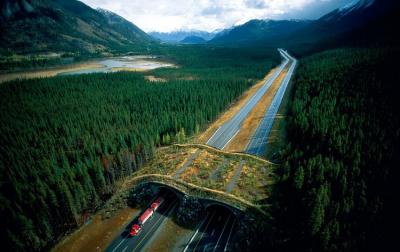
by Jessica Murray, True Activist
The wildlife bridges allow animals to safely pass over or under main roads.
An increasing number of animal bridges are being put up across the globe by conservationists to ensure the safety of the world’s animals. These relatively new wildlife crossings are a huge and innovative upgrade from the simple road signs on highways which show a brief warning that animals may be in the area. These bridge methods are being employed with the sole purpose of protecting wildlife and preventing human-animal conflict and in turn preserving the world’s ecosystems, by helping to stop habitat fragmentation. In the United States alone, estimations have shown that the current road systems affect the ecology of a huge one-fifth of the country’s land, whilst vehicle-animal collisions are costing the US around $8 billion a year, according to a recent report.
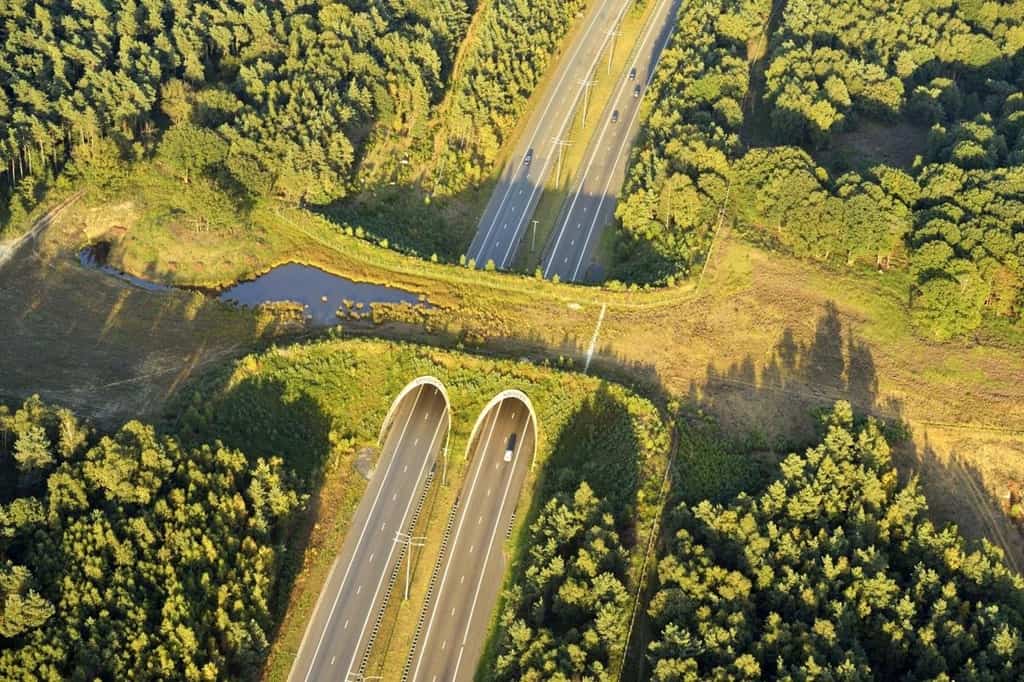
Netherlands. Credit: reddit
These wildlife bridges, which have been built in different areas as either overpasses or underpasses depending on what is best for the wildlife in a particular area, hugely assist animals in safely passing through an area that consists of busy roadways. The passes provide the wildlife with a safe alternative, which in turn does not disrupt people who are also using the roads. The animals can, therefore, continue their path within their natural habitat, which would otherwise have been blocked.
The first of these animal bridges was built in France in the 1950s, and since then Europe has remained to be the leader in the animal bridge sector. The Netherlands currently have around 66 overpasses and ecoducts, which all protect the country’s natural populations of badgers, boars, and deer. As well as being the country with the most plentiful passes, they also have the world’s longest wildlife overpass. The huge Natuurbrug Zanderij Crailoo is half a mile long and crosses a rail line, river, business park, and sports complex.
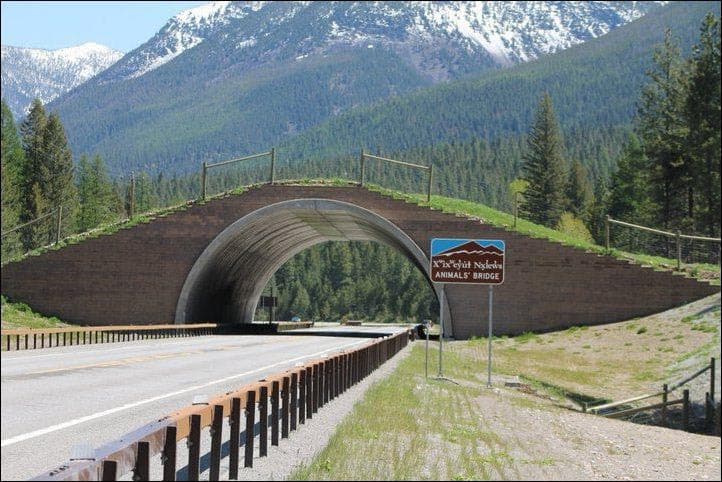
Montana. Credit: The Pedigree Artist
During the past 30 years, Canada and the United States have all increasingly provided animal bridges in order to protect their resident wildlife. One of the animal passes that is extremely successful is situated in the Banff National Park in Alberta, which consists of a network of underpasses and bridges that allow different animals to cross over safely. The frequency that this network is being used has greatly increased since it was first constructed around 25 years ago. This suggests that an array of wildlife are learning and adapting to the construction, meaning an increased protection of the animals of the area.
Despite popular beliefs that these wildlife crossings are only designed for large animals, two clever projects have demonstrated that the animal bridges are efficient in functioning for many different wildlife situations. One of these is a bridge on Christmas Island in Australia, which works by helping 50 million red crabs pass over a busy road in order to continue their migratory route. The other is a special and unique rope bridge in Washington, which has been named the ‘Nutty Narrows Bridge’, and works by safely guiding squirrels across a busy thoroughfare.
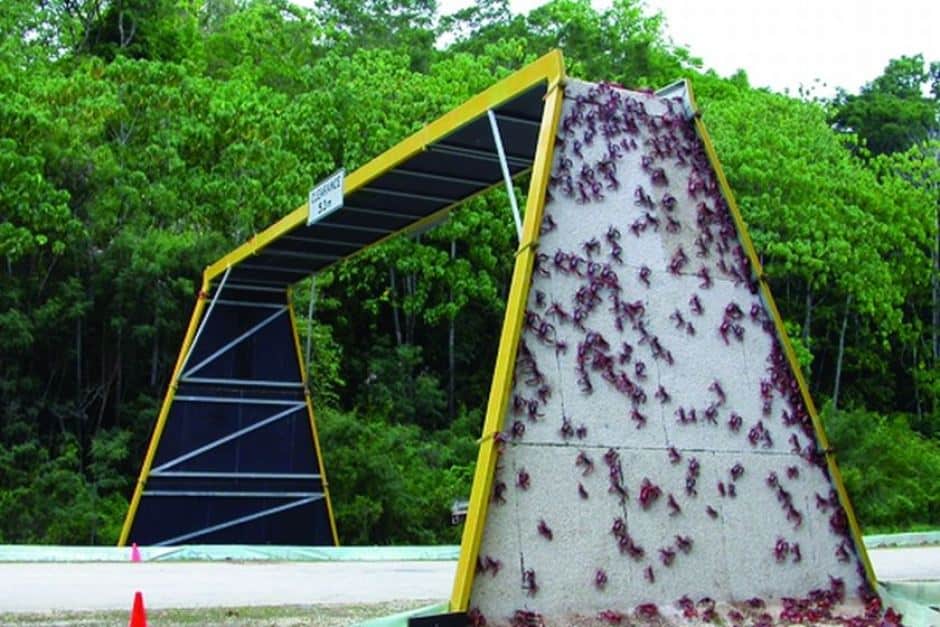
Christmas Island, Australia. Credit: Christmas Island National Park
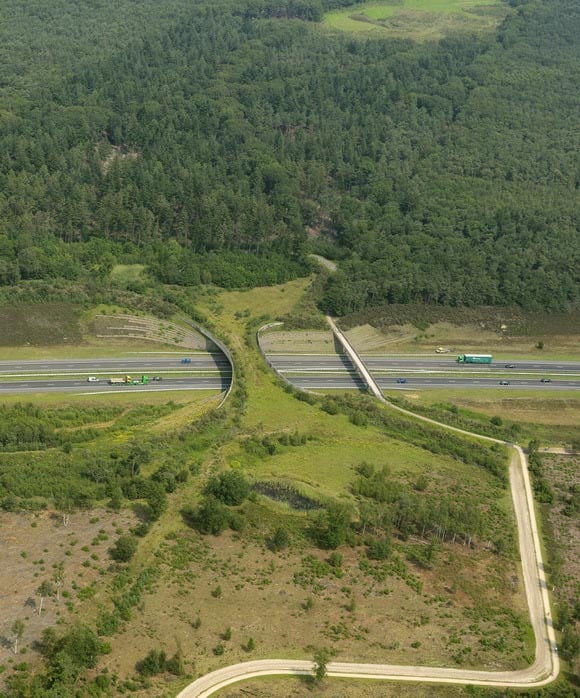
Netherlands. Credit: Izismile
This article (Bridges Being Built For Wildlife Are Saving Thousands Of Lives) is free and open source. You have permission to republish this article under a Creative Commons license with attribution to the author and True Activist.
http://www.trueactivist.com/bridges-being-built-for-wildlife-are-saving-thousands-of-lives/

